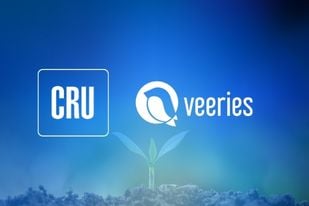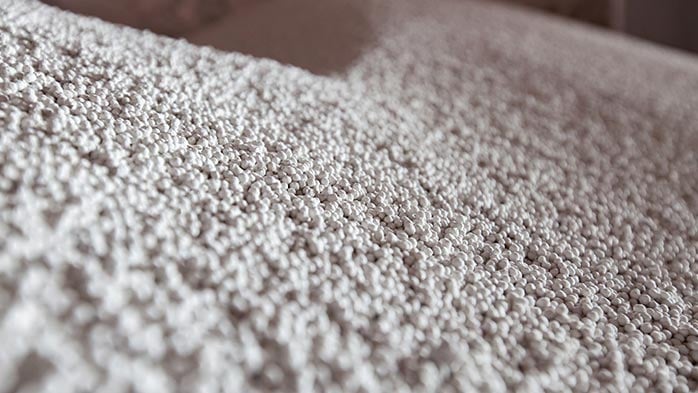Fertilizer markets have begun 2021 with a flurry of activity – demand is strong, trade flows are shifting, and prices are rallying. But will this rally last? Is it a bubble that will soon burst?
CRU’s top ten fertilizer calls of 2021 help to answer some of these questions and provides some insight into how the nitrogen, phosphate, potash, sulphur, and agriculture markets will unfold.
China’s appetite for imported corn & soybeans remains strong
Chinese buying has underpinned rallying agricultural commodity markets. With swine meat production still lower than pre ASF flu levels, feed demand is set to continue rising in 2021. We estimate China will import +100 Mt of soy and 10-12 Mt of corn in 2020 – this is projected to grow to 105 Mt and 20 Mt respectively in 2021.
US crop planting to hit a four-year high
US corn and soybean prices are at six-year highs. US farmers are benefitting from government support schemes. Both are boosting farm incomes. Crop plantings are expected to increase in 2021 – our projections are 92 M acres of corn (+1% y/y), 89 M of soy (+7%) and 45 M of wheat (+2%).
China anthracite coal prices to surge, capping urea exports
Bituminous coal prices in China surged at the end of 2020, but lump anthracite prices have remained stagnant. We expect anthracite prices to catch up in 2021 Q1, subsequently raising urea production costs and slashing export volumes – potentially falling to as low as 3.5 Mt (-31% y/y).
China DAP supply to remain tight, despite higher prices
China is the largest global exporter of phosphate fertilizers, but also the swing producer. Despite prices leaping over the past 12 months, we do not expect a significant increase in Chinese DAP exports over 2021, owing to product diversification and improved domestic demand.
Indian urea and DAP imports to decline
Indian fertilizer sales skyrocketed in 2020, despite lockdowns wreaking havoc on the domestic supply chain. The same disruptions are not expected this year. Domestic urea capacity is set to increase, resulting in urea imports below 10Mt. Diminishing margins are set to hit DAP imports, projected at 6.0 Mt (-6% y/y)
Urea capacity additions to be the highest since 2017
A wave of new urea capacity is set to hit the market in 2021, mostly in H2. Non pro-rated capacity additions outside of China are set to total 5.5 Mt, with projects commissioning in India, Nigeria, Brunei, Russia and Uzbekistan. This will ultimately pressure urea prices and margins in 2021 H2.
BHP to fully commit to Jansen potash project
BHPs impending decision on its Canadian potash project, Jansen, has become a long running ‘will they or won’t they’ saga. We expect BHP to fully commit to the project in 2021. The mine is anticipated to enter production in 2027 with an initial capacity of 4.4 Mt/y
US phosphate duties to remain, but some tweaks expected
Phosphate fertilizer supply in the US has diversified drastically, following duties on shipments from Russia and Morocco, triggered by a petition by Mosaic in June 2020. Final determinations are due in February/April. We expect duties on OCP to remain over 15%. Duties on EuroChem are expected to be lowered from the current rate of 73.75%.
Sulphur output to rebound, halting price rally by H2
2020 sulphur supply contracted for the first time since 2009, with record low oil and gas prices reducing refining rates. We expect global sulphur supply to recover in 2021, pushing above 2019 levels. While sulphur prices are rallying now, we forecast this will pull prices lower in H2 2021.
Gas prices to rebound, pushing fertilizer production costs higher
Gas prices have rallied in early 2021, with East Asian LNG prices hitting record highs. Although this rally is set to subside and markets will remain turbulent, we forecast gas prices higher on average in 2021 than 2020, as the market enters net demand growth after 4-5 years of supply growth. This will increase fertilizer production costs.















